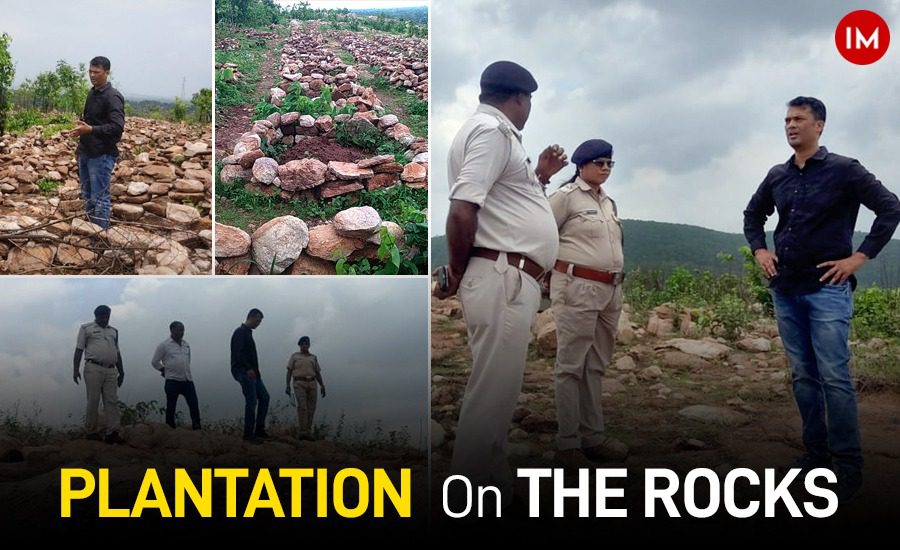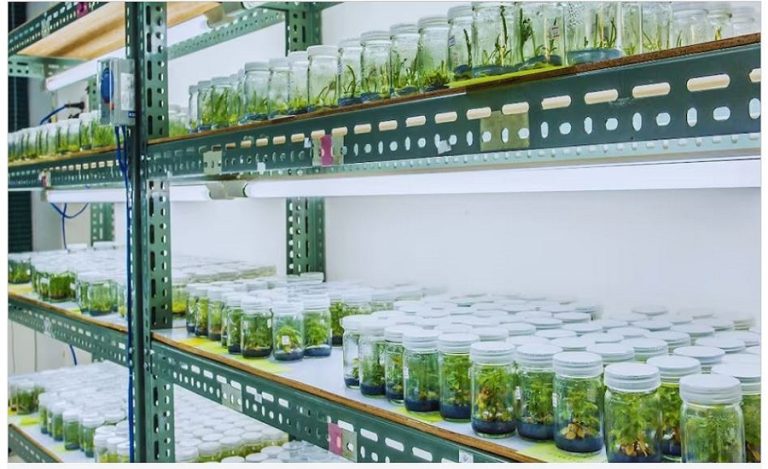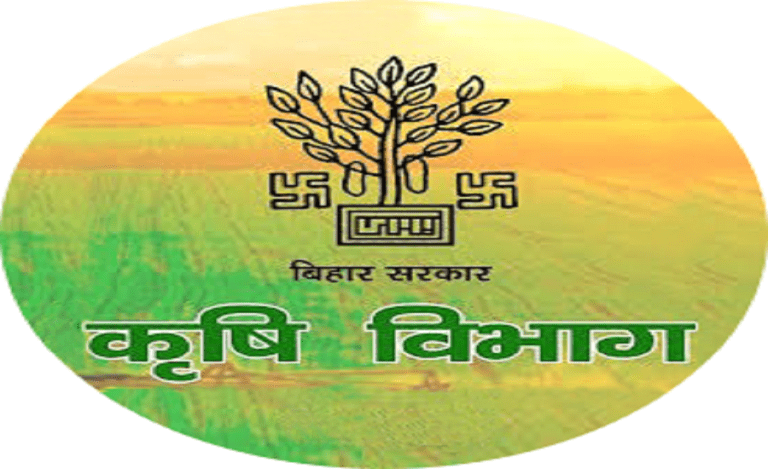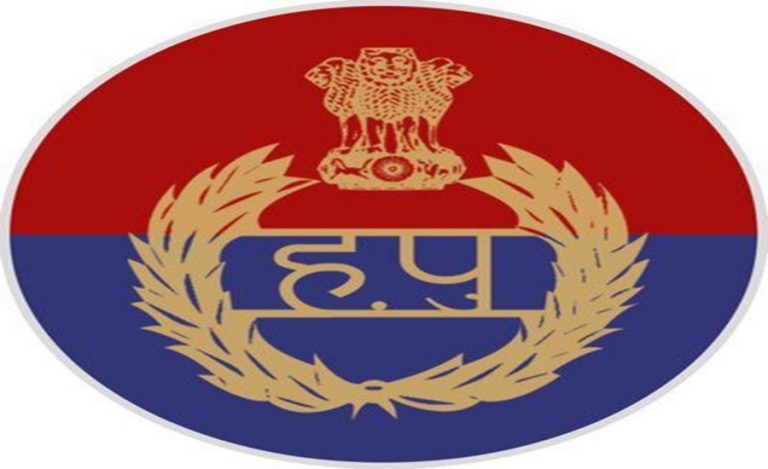Forests are important not only to save the environment but also to generate economic opportunities. According to the National Forest Policy, 33% of land should be forest. Odisha has already exceeded this target by achieving 34% of forest land. The efforts of Sambalpur forest division has been crucial in this milestone. The division has been appreciated for its efforts in forest protection and conservation, and also for becoming the best performing division in providing livelihood opportunities under the Odisha Forestry Sector Development Project.

Around 4000 hectare of land has been planted or restored in Sambalpur in the last few years. Under the leadership of DFO Vishwanath Neelannavar, the forest department is experimenting with various techniques of plantation and also involving the local people in protection of the forest. After the success of Miyawaki plantation, they are now experimenting with ‘rocky hill plantation’ for the first time.
Speaking to Indian Masterminds, the officer shared about the new experiment and how they are involving local people in restoration and protection of the forest.
ROCKY HILL PLANTATION
Sambalpur forest division has around 600-700 hectares of hilly land which has no soil. Plantation on such rocky land is difficult but not impossible. “Every now and then, we have seen various trees coming up between rocks. It shows that by following a correct method certain species can be grown on such rocky areas,” said the DFO.
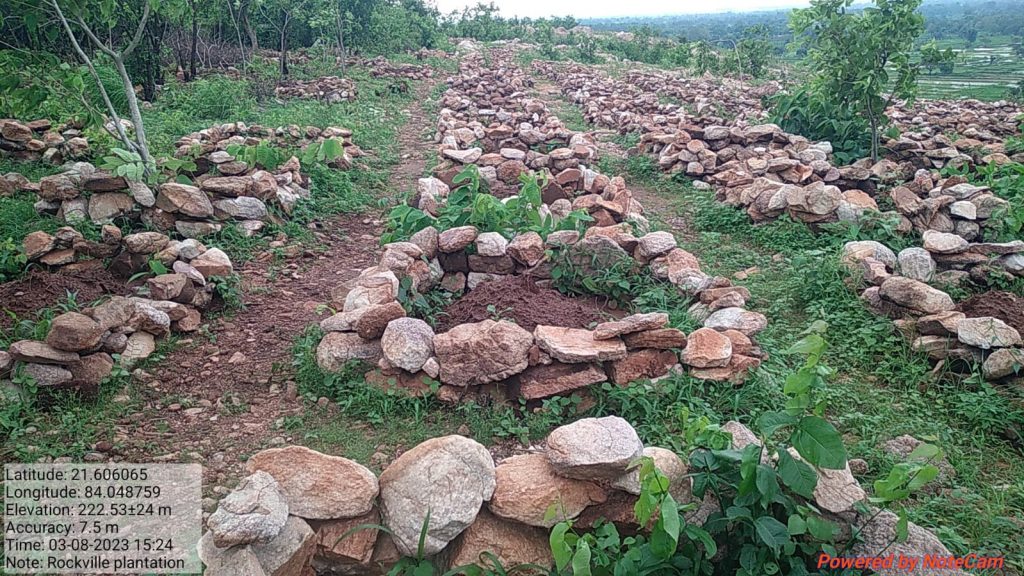
With this thought, the officer got the GIS analysis done of that landmass and identified the area. Thereafter, a team was sent for inspection of the natural forest and some species like Sterculia Urens, Neem and Custard Apple were shortlisted that can grow in that terrain. Right now, plantation has been done in one hectare of land. It is for the first time that such an experiment is being carried out. Mr. Neelannavar said that plantation is going on and for another 6-7 months, they will observe the results. Based on the observations, they will make a standard protocol and carry out plantation in all such areas with the help of CSR or state funds. He is very hopeful about its success. He said, “With Miyawaki, we were able to grow 35-45 ft high forest in just two years. I believe this rocky land also will be soon filled with forest.”
VANA SURAKHAYA SAMITI
Participation of people is important in forest management. In Sambalpur the “Joint Forest Management” approach was implemented in which all the fringe forest villages were made partners in forest management with legal entitlement to the produce. People living on the fringes of the forests were encouraged to form Vana Surakhya Samitis (VSS). These VSS have been playing an important role in protection and improvement of forests.
A total of 4903 hectare forest area have been allotted to 100 VSSs of the Sambalpur forest Division to carry out various forestry activities. Through villagers’ participation, VSS have undertaken plantation, fencing, staggered trenches for soil moister conservation and forest fire awareness programmes. The Adhapada VSS has received CM award for forest protection and conservation in Sambalpur forest division
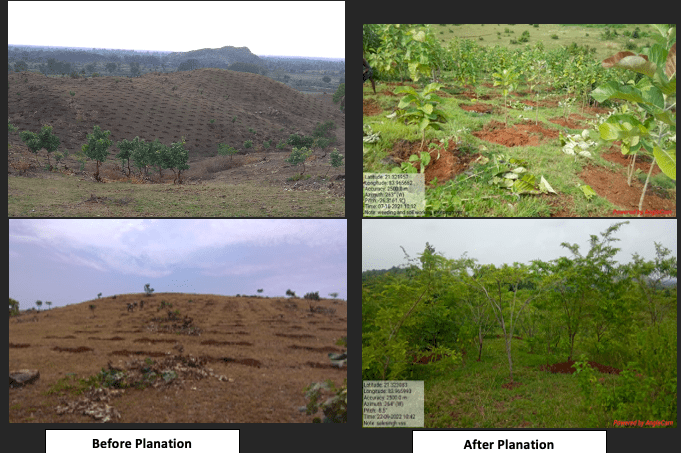
GENERATING INCOME
The species planted in the VSS area are Arjun, Sisoo, Amla, Tamarind, Kusum, Teak and Karanja and many fruit saplings like Jamun and Amla. The average height of the plants is 15-20 ft and survival percentage is 100%. The VSS members are adopting the Thengapali system and protecting the reserve forest. “The members are collectively working to regenerate forests by removing weeds and shrubs for proper growth of important tree species. The partnership between rural communities and forest department has brought in visible changes. Many hills have turned into forests now with an abounding green cover,” the officer said.
The increase in forest cover has generated employment opportunities for the local tribal population. Villagers are free to collect all non-timber forest produce like Sal leaves, Sal seed, Harida, Bahada and Mahua. Additional income generation programmes like broom making, leaf plate making, mushroom cultivation, etc., are also being implemented to provide alternative income to select groups, mostly women. Now, the forest department of Sambalpur is in the process of identifying all the POP i.e. poorest of the poor persons in all the VSS and preferences is given to them for Revolving Fund, as loan and tie-in bank loan after two rotation of repayment.

